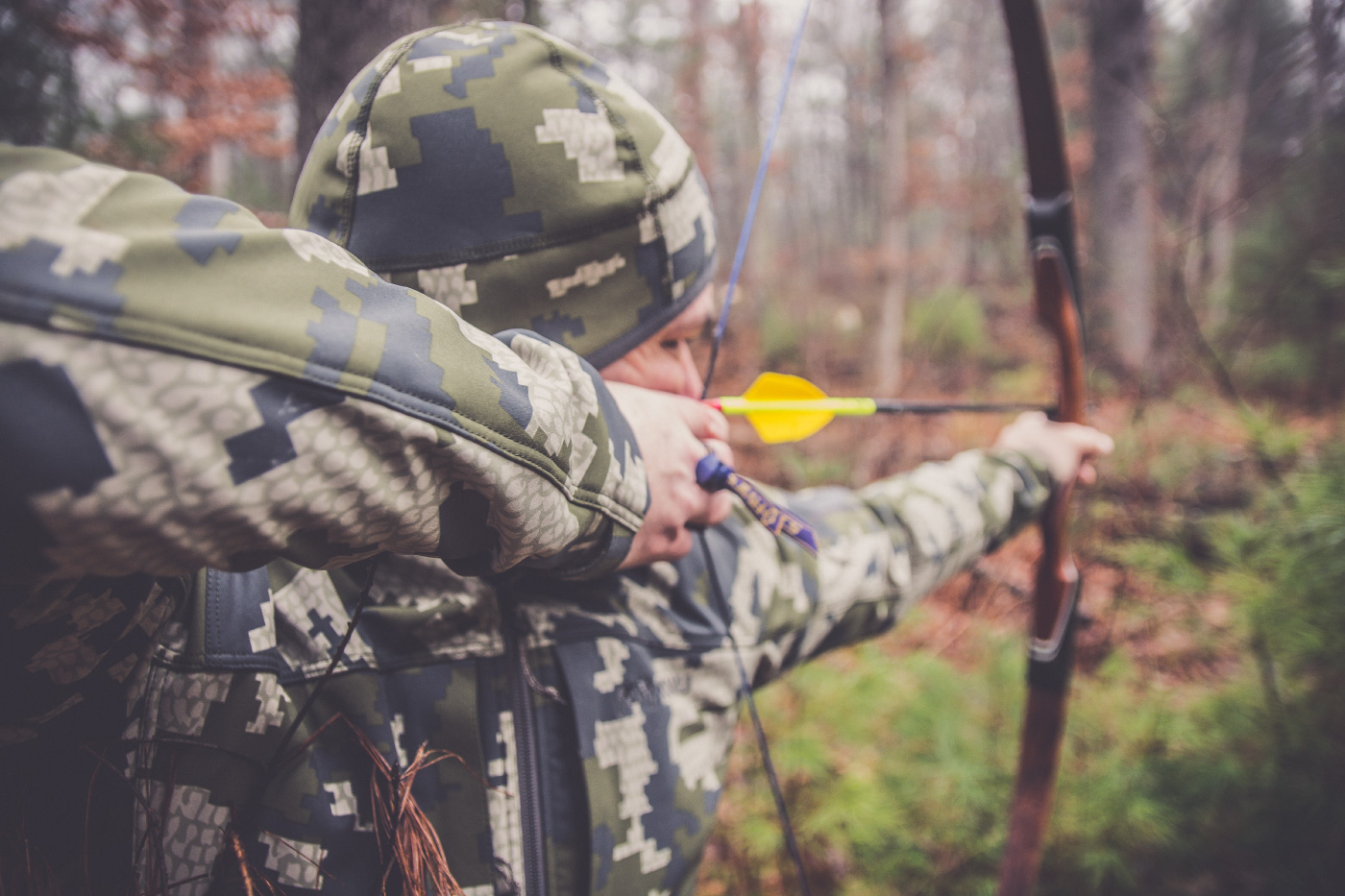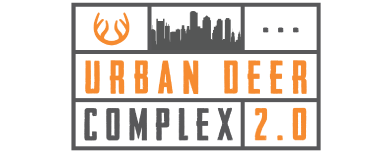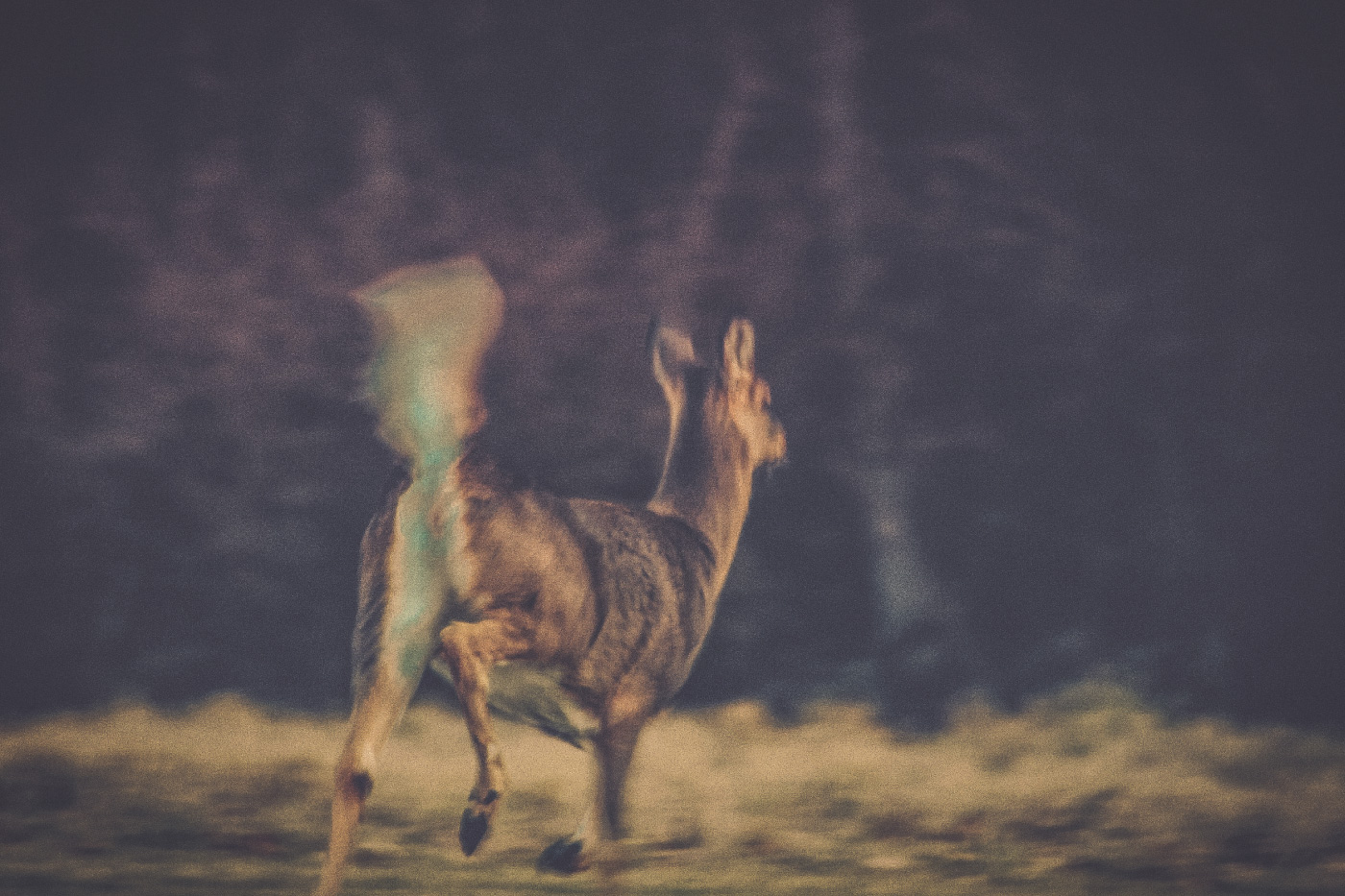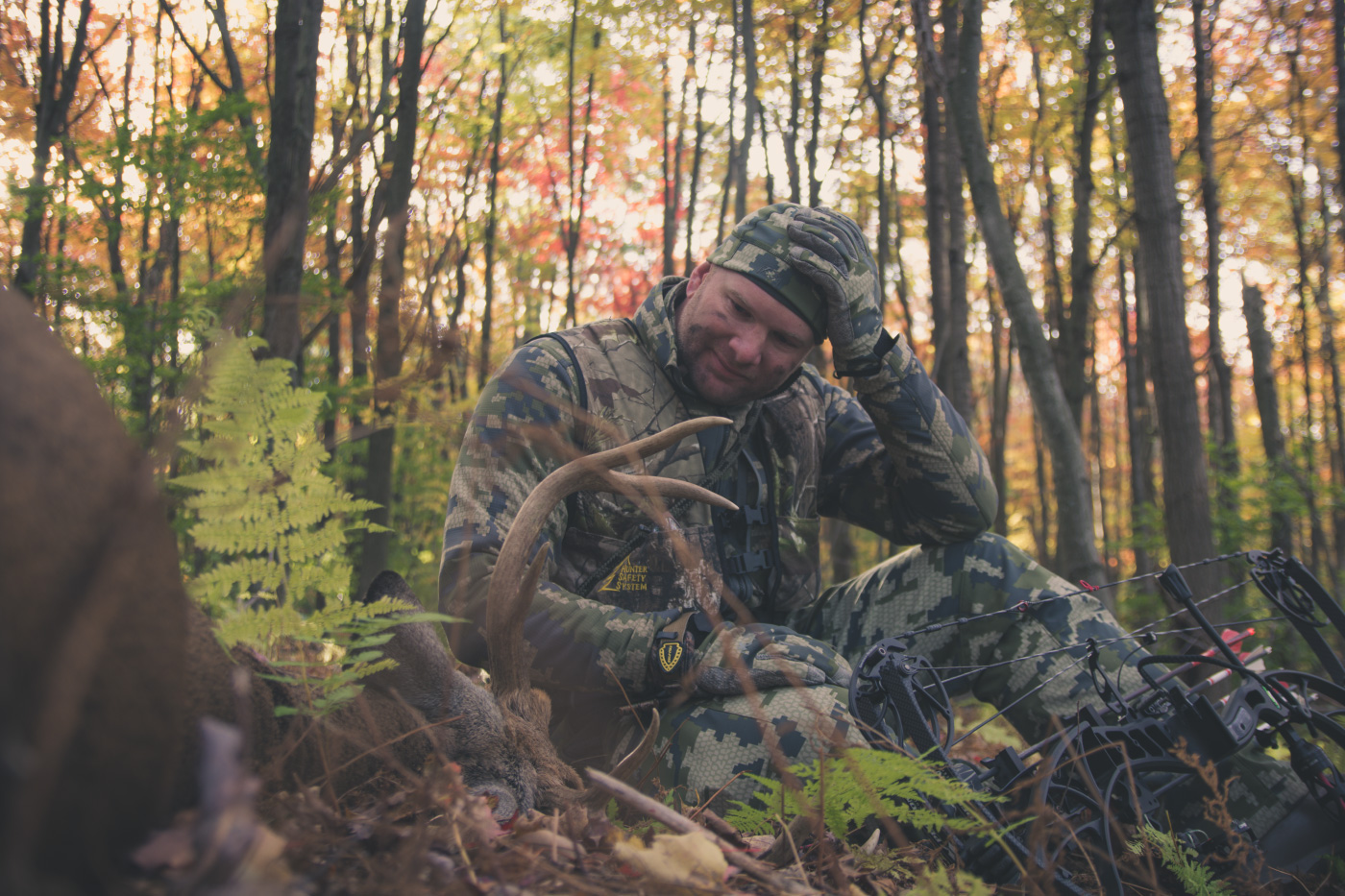Home » News » 4 Suburban Bowhunting Skills Pro Shops Won’t Teach You
4 Suburban Bowhunting Skills Pro Shops Won’t Teach You

A.J. DeRosa founded Project Upland in 2014 as an excuse…
Becoming a successful suburban bowhunter does not always start in the pro shop—or even in the woods.
Without a doubt, archery pro shops play a big part in becoming a successful suburban bowhunter. They provide expertise on tuning your bows and how to shoot properly in archery ranges. Unfortunately, once you step out of the controlled environment that even Olympic athletes and IBO champions train in, you land yourself in the unpredictable and unforgiving Mother Nature.
Below are four suburban bowhunting skills we all need to practice beyond the three-dimensional shoots and archery ranges. They can be the difference between a full and empty freezer.
Hold back your bow for extended periods of time.
This may sound basic and like something commonly mentioned at archery pro shops. In fact, it is one of many reasons why pro shops try talking us into shooting lighter bows. They’re easier to hold back for a long time. So I want to make it clear that people do commonly discuss this skill and how important it is for setting yourself up for the right shot.
But how many of us practice for the scenario that requires this skill? Sure, we might be developing the muscles be regularly shooting our bows. But do we practice the accuracy of holding back and shooting? I like to practice this skill by waiting until the end of a session when I am physically drained. At that point, I will hold back my bow, count for as long as I can, and then make a shot. Accurately.
And that’s the point I’m trying to make here. We may discuss the virtues of endurance, we may hold our bows back while training, but we need to also practice accurate shots.
Let down your bow.
In the world of suburban bowhunting, we all know things often go far from planned. And if things did go as planned how much challenge would there be? Being a good bowhunter is not just about shooting at the right moment. It’s also about not shooting and knowing when to get out of a shooting scenario.
Hunters do not often practice letting down their bow. Yet letting down the bow is a great thing to combine with holding the bow back. Practice letting down your bow with control and as little movement as possible. You may just salvage your next hunt.
Shoot with all your gear on.
There are two reasons why I shoot with all my gear on, both light and heavy clothing.
We generally practice in great weather, indoors, and controlled environments. Most of us shoot great on paper as a result. That doesn’t translate well to real world scenarios of suburban bowhunting. For example, gear often gets in the way of shooting a bow. Some hunting clothing, like Kuiu, is designed for archery specifically for this reason. Something as simple as binoculars can get caught in our strings. We need to be aware of these problems well before we draw back on a deer we just spent an hour getting in front of.
Besides, shooting with a lot of gear on just feels different than shooting in jeans and a T-shirt. We need to be comfortable in our real hunting gear when shooting.
Shoot in the worst position.
Pro shops teach us how to shoot correctly. That means learning good form and, among other things, a specific stance. But I would be lying if I said that I shoot deer with a perfect stance every year. We all know what suburban bowhunting from a small tree stand does to our form; never mind sitting and kneeling and every other scenario.
I practice shooting in the most awkward stances and positions I can muster. By doing so, I learn how to maximize control of my body from the waste up. This very important training method has, for me, made the difference of more than one Pope & Young buck over the years.
A.J. DeRosa founded Project Upland in 2014 as an excuse to go hunting more often (and it worked). A New England native, he grew up hunting and has spent over 30 years in pursuit of big and small game species across three continents. He started collecting guns on his 18th birthday and eventually found his passion for side-by-side shotguns, inspiring him to travel the world to meet the people and places from which they come. Looking to turn his passion into inspiration for others, AJ was first published in 2004 and went on to write his first book The Urban Deer Complex in 2014. He soon discovered a love for filmmaking, particularly the challenge of capturing ruffed grouse with a camera, which led to the award-winning Project Upland film series. AJ's love for all things wild has caused him to advocate on the federal and state levels to promote and expand conservation policy, habitat funding, and upland game bird awareness. He currently serves as the Strafford County New Hampshire Fish & Game Commissioner in order to give back to his community and to further the mission of the agency. When those hunting excuses are in play, you can find him wandering behind his Wirehaired Pointing Griffon in the mountains of New England and anywhere else the birds take them.




I am a urban hunter it’s my only way to hunt before work after work knowing where to squeeze in where no one else does love it thanks for urban tips no big country for me wish there was From auburn ma
I have been bowhunting for 40 years now. This is a great article
It’s the little things that you do that make the deer hunter archers standout from the target range shooters. Once you step into the woods, it becomes a different world.
That all seems like basic, need to know fundamentals to me.
I want to be an urban hunter, so your article is going to help me a lot. Thanks for this post.